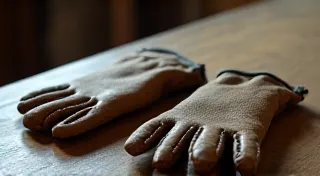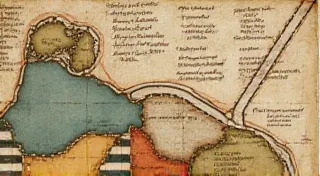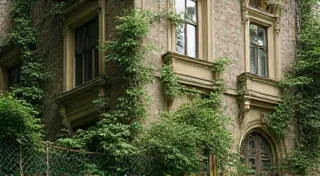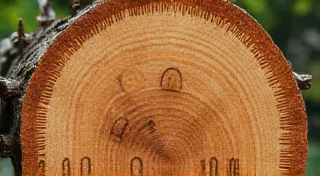The Gardener of Patterns: Needles and the Evolution of Knitting Designs
There's a quiet beauty in holding an antique knitting needle. It’s more than just wood or metal; it’s a whisper of history, a tangible link to generations of hands that have shaped yarn into warmth, comfort, and intricate designs. As a collector, I’m not simply acquiring objects, but tending to a garden of patterns – patterns woven into the fabric of history, and inextricably linked to the evolution of the needles themselves.
For many, knitting evokes images of cozy evenings and simple stitches. But the history of knitting, particularly during the 300 years between the 18th and 19th centuries, is a far more fascinating and complex story of innovation. It’s a story where the development of knitting needles directly influenced—and was influenced by—the escalating sophistication of knitting patterns.
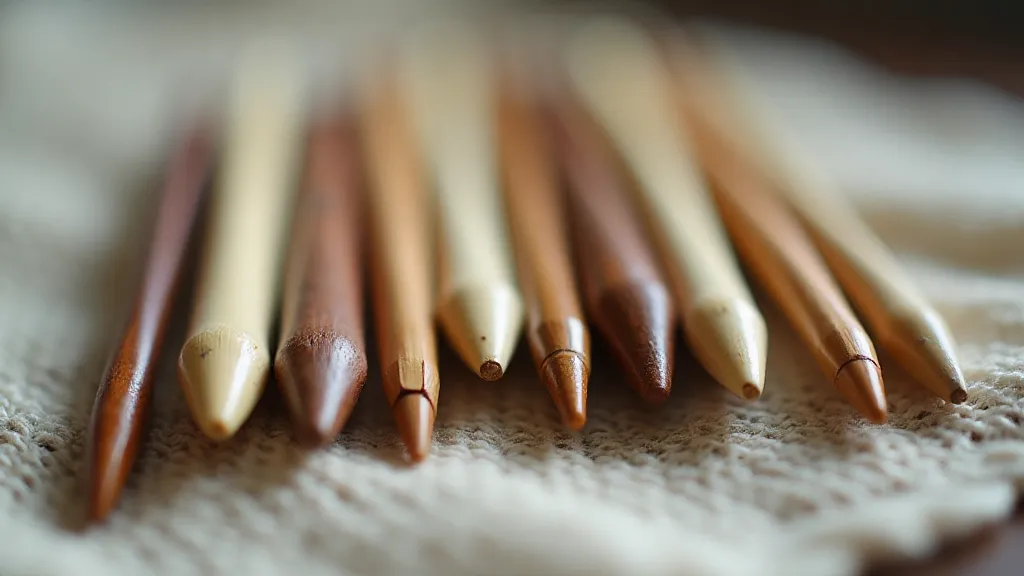
The Early Landscape: Limited Tools, Limited Horizons
Before the 18th century, knitting needles were largely rudimentary. Often made from readily available materials – wood, bone, or occasionally horn – they were typically long and straight, often quite pointed, and lacked any real standardization. The stitches themselves were relatively simple; stocking stitch (ribbing) and basic patterns prevailed. Why? Because the needles dictated the possibilities. Imagine trying to create a complex cable or lace pattern with a long, uneven, and fragile bone needle! The limitations were self-imposing.
My grandmother, Elsie, was a keen knitter. She used needles passed down through her own family, some of which I now possess. These early needles, often fashioned from hawthorn or apple wood, are remarkable in their simplicity. Holding them, I feel an almost visceral connection to her, to the countless hours she spent creating garments for her family. She would often recount stories of how her own grandmother made “whole families of stockings” for the local miners, a testament to the practicality of the craft. The wear and tear on these early tools speaks volumes about their longevity and the demanding work they supported, leading me to often consider, "The Ghost of a Stitch: Detecting Wear and Determining Age in Antique Needles," a question that draws me deeper into the history of these remarkable objects.
The Rise of Straight Needles & The Pattern Boom
The pivotal shift arrived with the increasing production of *straight* knitting needles in the mid-to-late 18th century. While curved needles would later gain prominence, the standardization of straight needles, often made of ivory, bone, or rosewood, opened the floodgates for more intricate designs. The ability to knit rows of consistent tension became the bedrock upon which increasingly complex patterns could be built. Suddenly, Fair Isle, intricate lace, and elaborate cables weren’t just theoretical possibilities; they were attainable goals.
The rise of printed patterns also played a crucial role. Before printing became readily accessible, patterns were passed down orally or painstakingly copied by hand. The advent of printed pattern books, many originating in France and England, democratized the craft. They provided not only instructions but also visual representations of the finished projects, inspiring knitters to push the boundaries of what was possible. Consider the artistry involved in preserving and understanding these relics – it’s a field ripe for exploration, much like the delicate process of repairing and restoring antique knitting needles, a skill that combines historical knowledge with meticulous craftsmanship.
The Importance of Material: Ivory, Rosewood, & the Hands that Shaped Them
The materials used in needle construction evolved alongside the patterns themselves. Early wooden needles, though functional, were prone to splitting and warping. Ivory, prized for its smooth surface and durability, became a material of choice for more discerning knitters. Rosewood, with its rich color and elegant grain, offered a touch of luxury. The quality of the material directly impacted the ease and accuracy of knitting, which, in turn, influenced the complexity of the patterns a knitter could execute.
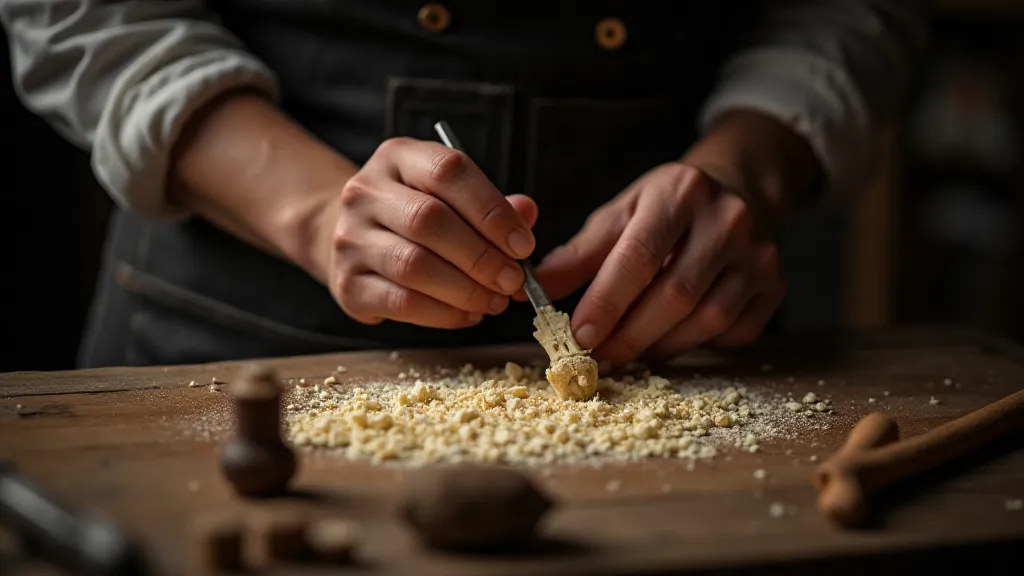
Consider the skilled hand of the turner. The uniformity and finish of an ivory needle required a level of expertise that went beyond simple carving. Each taper, each slight curve, was carefully considered to facilitate a smooth and consistent knitting experience. These weren’t mass-produced items; they were objects of individual artistry. The story each material tells is unique, echoing the rich history of knitting—a story explored further in Echoes in the Grain: The Language of Wood in Antique Knitting Needles, which delves into the significance of wood selection and its impact on the knitting experience. The geographical origins of these materials also offer clues to trade routes and patterns of distribution across Europe and beyond; it’s fascinating to consider how "The Cartographer of Thread: Navigating Geographic Variations in Needle Design" shaped not only the tools but also the cultural landscape of knitting.
The Curved Needle Revolution and Beyond
The introduction of curved knitting needles in the early 19th century marks another significant turning point. While originally used for socks and mittens, their versatility quickly led to their adoption for a wider range of garments. This development allowed knitters to work in the round, creating seamless construction and opening up entirely new design possibilities. The symbolism embedded in the needle’s form is a fascinating topic, further investigated in The Weight of Tradition: The Symbolism Embedded in Needle Form. The shift to curved needles wasn't just a change in tool; it was a shift in design philosophy.
The Victorian era, known for its opulence and intricate designs, witnessed an explosion of creativity in knitting. Pattern books became increasingly elaborate, featuring elaborate shawls, finely detailed garments, and even knitted toys. The needles themselves became status symbols, reflecting the knitter’s skill and appreciation for quality craftsmanship. It’s easy to imagine Elsie, my grandmother, carefully selecting her needles for a particularly special project, each choice imbued with meaning and history. The subtle variations in needle form and material speak volumes about the knitter’s identity and aspirations. The very essence of these objects holds a resonance, hinting at “Needle’s Resonance: Sound and Sentiment in Vintage Crafting,” where the tactile experience becomes interwoven with memory and emotion.
Collecting & Preservation: A Gardener’s Responsibility
As a collector, I find immense satisfaction in preserving these tangible links to the past. Each needle tells a story, and it’s my responsibility to ensure that those stories continue to be heard. While full restoration isn’t always possible – the beauty often lies in the wear and tear that testifies to years of use – careful cleaning and storage can help to prevent further deterioration. The narratives held within these objects are precious, offering glimpses into the lives and creativity of generations past.
The subtle variations in size and shape between different sets of needles are fascinating. A slightly shorter needle might indicate a specific type of garment; a uniquely carved handle might reveal the maker's signature style. It's a detective’s game, piecing together the puzzle of a knitter’s life through the tools they used. The memories and stories attached to each needle enrich the collecting experience, transforming it from a mere acquisition of objects into a profound connection with history. Knowing the provenance of these artifacts helps us appreciate "The Whispers of Bone: Unearthing Stories in Antique Knitting Needles," offering a deeper understanding of the artisans and the cultural context in which they thrived.
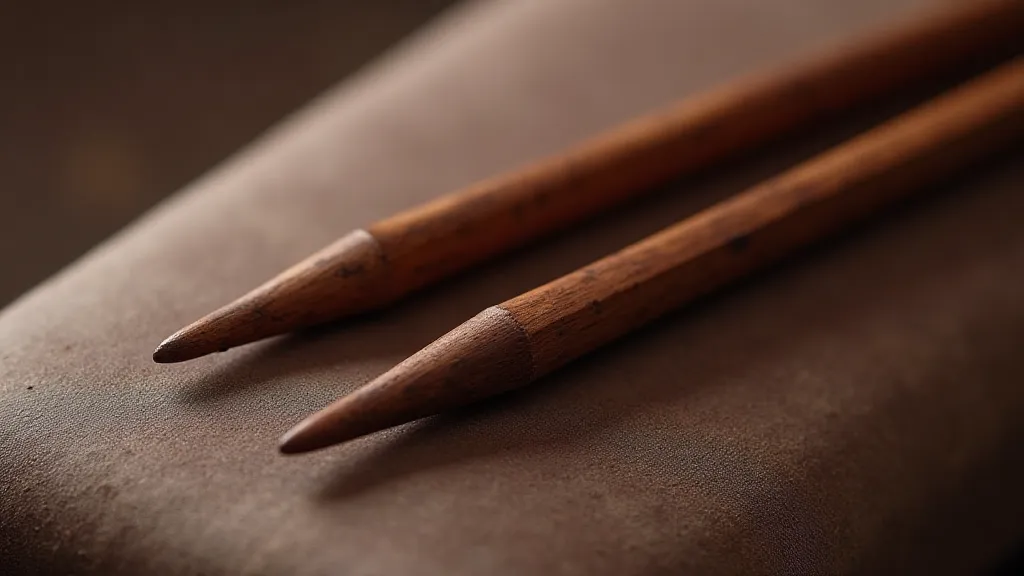
A Legacy of Hands
The link between knitting needle development and the rise of complex knitting patterns is undeniable. These simple tools weren't just instruments; they were catalysts for creativity, enabling knitters to transform yarn into works of art. Holding an antique needle is to hold a piece of that history, a testament to the ingenuity and skill of generations past. It’s a connection that transcends time, reminding us of the enduring power of human creativity and the simple beauty of a well-crafted tool. Preserving these tangible links involves understanding not only the materials themselves, but the profound stories they hold—stories explored further in The Silent Partnership: Needles and the Stories They Hold, which celebrates the powerful connection between tools, hands, and the enduring legacy of knitting.
Like any gardener tending their prize-winning blooms, I feel a responsibility to nurture and preserve these fragments of the past, ensuring that the legacy of these elegant tools—and the beautiful patterns they helped create—continues to inspire for generations to come. The simple act of holding a needle connects us to a long and rich history of craftsmanship and creativity. It’s a legacy worth preserving and celebrating.
